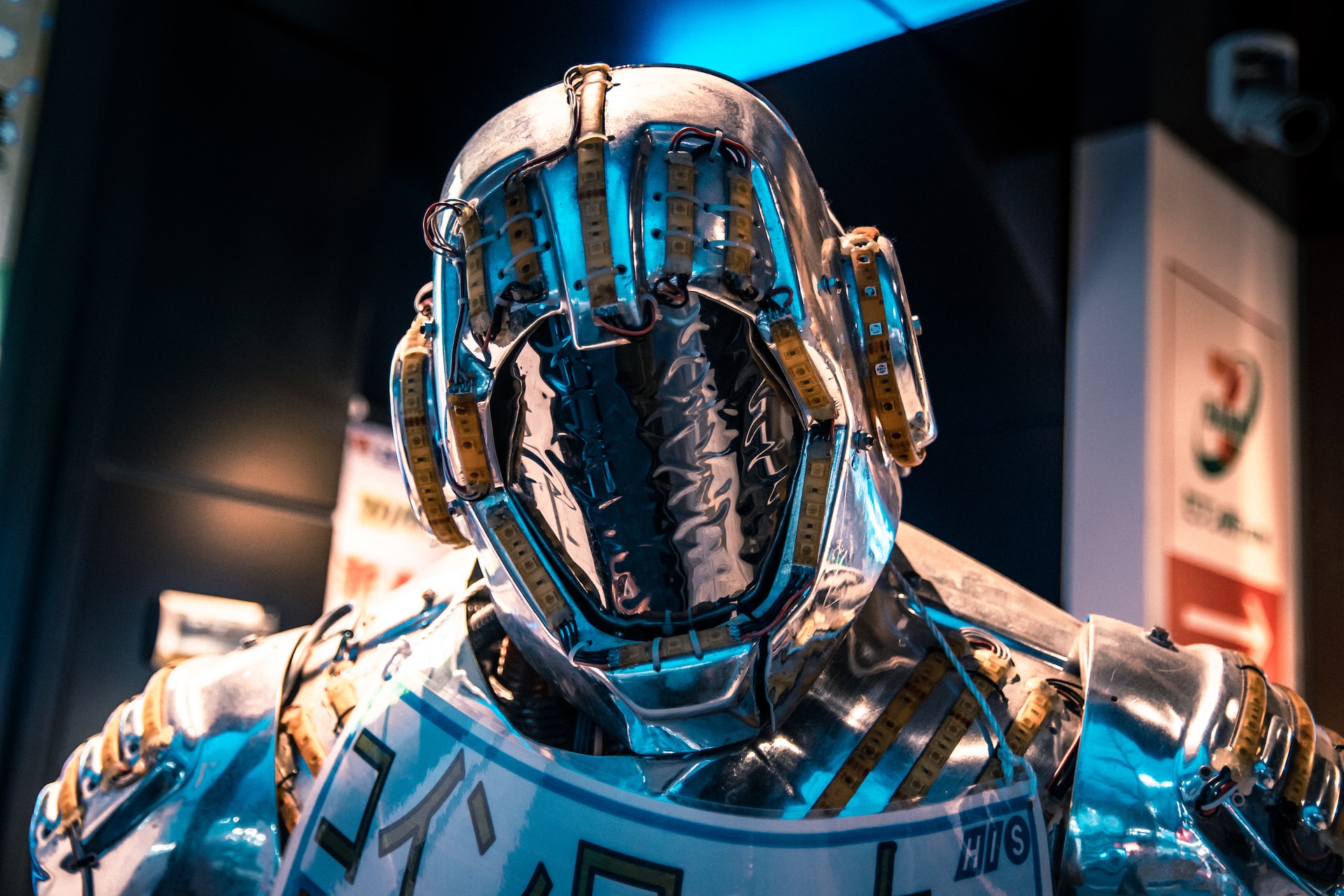Greetings fellow virtual world explorers! Have you ever tried traversing through the depths of the internet only to find yourself lost in a strange and unknown land? Welcome to the Metaverse, a mysterious new realm where reality and technology intersect to create a unique environment of never-ending possibilities.
Introduction to the Metaverse
The Metaverse is a digital construct that serves as an interconnected virtual world. It integrates both real-world and virtual components, allowing users to interact with each other, explore the environment, and engage in activities and experiences with other avatars. The Metaverse is formed by different platforms, applications and services that inhabit this virtual space. It is a place where creative expression is encouraged, using art forms such as 3D modeling, game development platform features, animation and creative writing.
At its core, the Metaverse consists of platforms which are comprised of user accounts stored in secure databases which are hosted on cloud servers around the world. Each account provides its own secure log-in credentials in order to access the individual platform or application (e.g., gaming worlds or social networks). These platforms provide both the client interface necessary for the user within the Metaverse to experience virtual reality (VR), as well as serve as a backend for various applications to securely store data about users’ experiences within it. Furthermore, these platforms also provide ways for users to connect into different parts of what has been coined Òthe multiverseÓ Ñ an interconnected map of all experiences found throughout multiple servers and running simultaneously within the same network infrastructure.
The Metaverse can also be seen in many ways on mobile devices (e.g., AR/VR apps) and on other consumer electronic devices (including but not limited to TV’s) that utilize applications built upon existing platform infrastructures such as Android OS or iOS OS for example. Ultimately all these connected media allow for for various forms of communication including but not limited two-way video communications; text messaging; data streaming and sharing; location tracking; audio playback; customized avatars (or graphical representions); games and much more!
History of the Metaverse
The term “Metaverse” was first coined by science fiction writer Neal Stephenson in the 1992 novel Snow Crash, referring to a global online virtual reality. Since then, the concept has been explored and developed in many different ways by industry executives, entrepreneurs, and academics.
The idea of the Metaverse came to prominence in the early 2000s when web-native technologies such as 3D graphics and virtual world software began to gain traction. The first major commercial development of these technologies was Second Life, an immersive virtual world developed and maintained by Linden Lab. Second Life was launched in 2003 and established a business model for user-created digital content that impacted many other genres of software development.
In 2006, entrepreneur Philip Rosedale announced the formation of Reaction Grid Inc. and the release of their next-generation 3D engine -OpenSimulator- which powered their own version of the Metaverse called Reaction World. Other companies followed suit and new virtual platforms were continually being released over the next decade, including VRChat, Sansar, High Fidelity, Mozilla Hubs and Ready Player One: OASIS Beta amongst others. These platforms are now used for entertainment purposes as well as corporate training simulations and educational activities.
Since its debut nearly 30 years ago Ð now often referred to as Our Virtual 2 or “OV2” -the concept of the Metaverse has evolved with currents trends in technology to become a ubiquitous online platform with great potential applications for business enterprise or personal use.
Definition of the Metaverse
The Metaverse can be defined as a persistent online virtual world composed of 3D environments and objects, created by users and developers, which can be visited by those with access. It is similar to, but more encompassing than the concept of virtual reality. It is a three-dimensional “meta-level” in a multi-user networked environment, in which every user can interact with each other and also connect to databases from the real world, such as news feeds and company websites.
The Metaverse has many potential applications, such as providing an interactive platform for gaming, professional networking, education, global travel and commerce. In addition to being a virtual landscape for entertainment purposes it is also becoming an important platform for communication between people who would not otherwise have the opportunity to meet each other in the physical world. With its online communities offering a variety of relationships Ð artistic collaborations to learning activities Ð it offers opportunities for friendship and collaboration on levels never before seen.
The Metaverse differs from traditional virtual worlds like Second Life which are centered around user generated content or games; instead it offers users an immersive digital experience within any 3D application that supports real-time interactions between people across PC or mobile devices without needing specialized hardware or software. In this way it opens up new doorways into endless possibilities of creativity and possibilities within an interconnected digital landscape that includes powerful visualization tools combined with real-time communication capabilities like voice chat, interactive 3D characters and multi-user applications which enable shared experiences between users from any location
Uses of the Metaverse
The Metaverse is a virtual universe where people can interact with each other and digital avatars through an ever-evolving network of virtual worlds. It is made up of massive online platforms, such as those used for video gaming, and mirrors the real world in many ways. The Metaverse is currently used for a variety of purposes, including social networking, entertainment, business and education.
Social Networking – Virtual environments in the Metaverse allow users to connect and interact with each other from different parts of the world. These settings are ideal for establishing meaningful relationships with others, with users creating their own worlds for sharing interests and experiences as opposed to relying solely on text-based interactions.
Entertainment – The Metaverse offers many avenues for recreational fun by simulating unique physical activities such as sports or just exploring otherwise inaccessible places in life-like detail. Users can explore themed attractions and engage in exhilarating simulated adventures that can’t be experienced any other way.
Business – By stepping into virtual settings to conduct meetings, train employees or demonstrate products to potential clients, businesses are taking advantage of the convenience and affordability offered by the Metaverse.
Education – Learning has also entered this cutting-edge technology as more educators are utilizing it to provide unique instruction not often found in traditional settings. In addition to fostering real-world problem solving skills, educators have even been successful at teaching concepts like physics by demonstrating them inside 3D simulations environments within the Metaverse.
Benefits of the Metaverse
The Metaverse is a shared, virtual space that can be experienced by people around the world. It offers an immersive virtual world connected to the internet and providing users with an unparalleled level of connectivity, communication, and collaboration. In addition to its ability to connect people from around the world, the Metaverse provides a platform for real-time communication and content sharing through blogs, public chatrooms, forums and applications.
The Metaverse creates a platform for participants to have full control over their experiences – from building unique characters for social intimacy and commerce to creating innovative services for personal experience which would otherwise be unavailable in physical space. The Metaverse is also home to a diverse array of events such as workshops, lectures, art exhibits, festivals and competitions that allow users to express themselves in ways they wouldn’t be able to do offline.
In addition, the Metaverse offers numerous practical benefits. Users can interact with complete anonymity or create promotional campaigns that reach millions of eyes with a simple click of a button Ð much more efficiently than any physical medium could do alone. Businesses can utilize virtual simulation tools for training possibilities with zero limitations on time or location. Finally Ð thanks to its wide array of global participants Ð the Metaverse has become a powerful tool for studying human behavior in different settings from market profiling consumersÕ attitudes towards products all the way through researching online prototyping solutions created by users from across the world.
Challenges of the Metaverse
The metaverse is a shared virtual world where users can interact with each other and explore digital experiences. While the metaverse is a promising digital landscape, it faces some significant challenges to achieving mainstream adoption.
Privacy is one of the major issues associated with the metaverse. Many users are concerned about their data being shared or collected without their knowledge, leaving them vulnerable to misinformation or fraud. Additionally, there are still concerns about aspects of identity in virtual environments, and how these might conflict with established legal systems.
Network infrastructure is another challenge for the metaverse. Current networks do not yet have the capacity to handle large amounts of activity that would occur in this digital world. As more people join in, performance could suffer and connections could become unreliable if new infrastructure isn’t put into place soon.
Finally, virtual monetization will be an important part of building the metaverse. From selling virtual goods to membership programs, developing secure payment platforms is essential for a working economy within this emerging online network. With all these considerations addressed, there’s no telling what potential uses and applications users may come up with once they have access to this new interactive world!
Future of the Metaverse
The Metaverse is an interconnected virtual universe, where people can meet, interact and even conduct business, using a combination of both virtual reality and augmented reality technologies. The notion of the Metaverse was popularized by science fiction writer Neal Stephenson in his 1992 novel Snow Crash. Since then, the idea has been rapidly evolving as new technologies are being developed to make it possible.
The future of the Metaverse is exciting and promises many new possibilities for communication, collaboration and entertainment. Already, we are seeing development on gaming worlds where players can enter a virtual world to explore and play in what looks like a tangible environment with real-time physics simulation. We anticipate further advances in immersive technology that will enable us to explore artificial worlds more realistically than ever before.
The Metaverse also holds out the promise of new economic opportunities as well as major changes in how we conduct our lives online; from shopping to conducting business communications, from data collection for government or private industry applications to creating infrastructure for activities such as education or conservation efforts and much more. As the technology advances even further, it is likely that our social spaces will stretch from living rooms into distant corners of space where even virtual reality will be limited only by imagination.
Conclusion
In conclusion, the metaverse is an interconnected virtual reality comprised of multiple software platforms connected together. It is an immersive, three-dimensional network where users can interact with each other both in real-time and asynchronously. It promises to bring about a new era of digital exploration and collaboration that has never before been seen on such a scale. It is the future of virtual reality and will no doubt change how we interact with each other and view our world.






